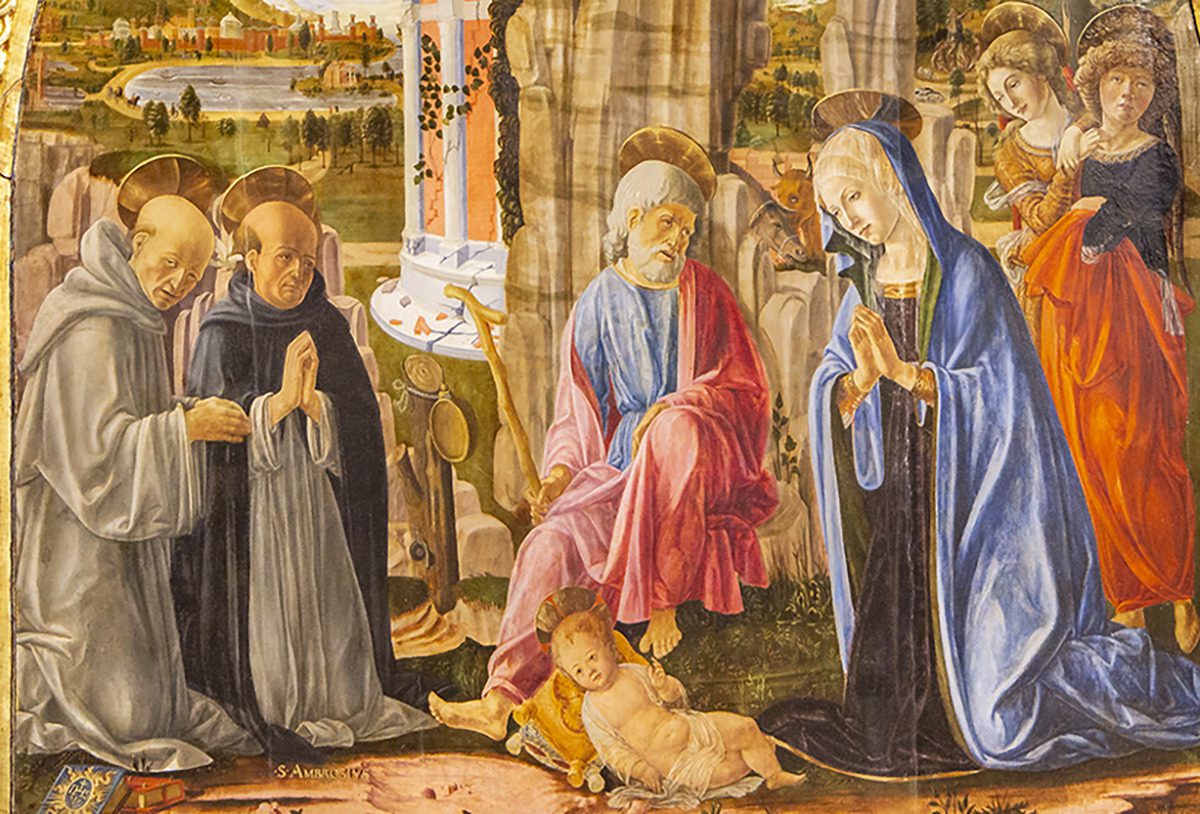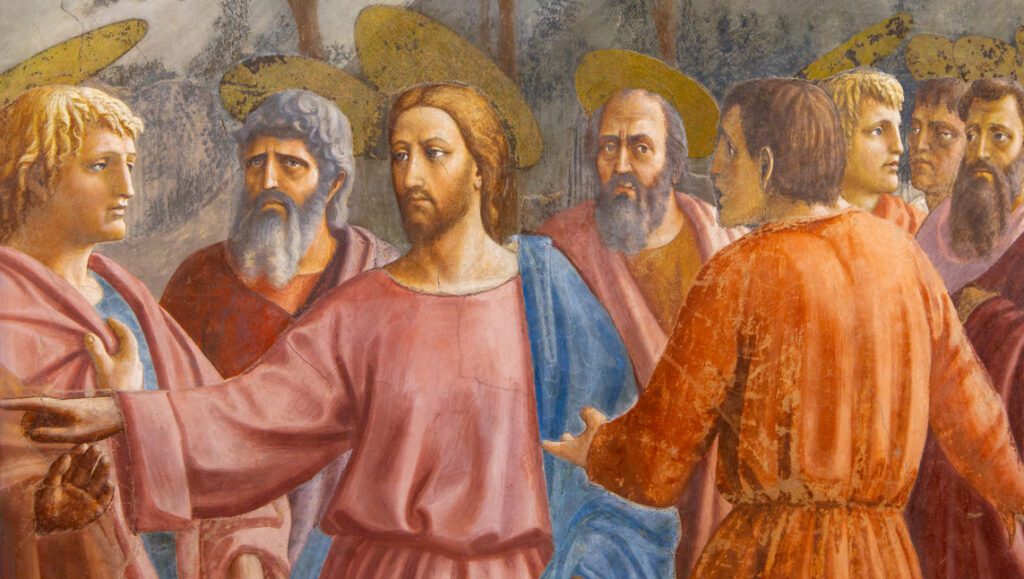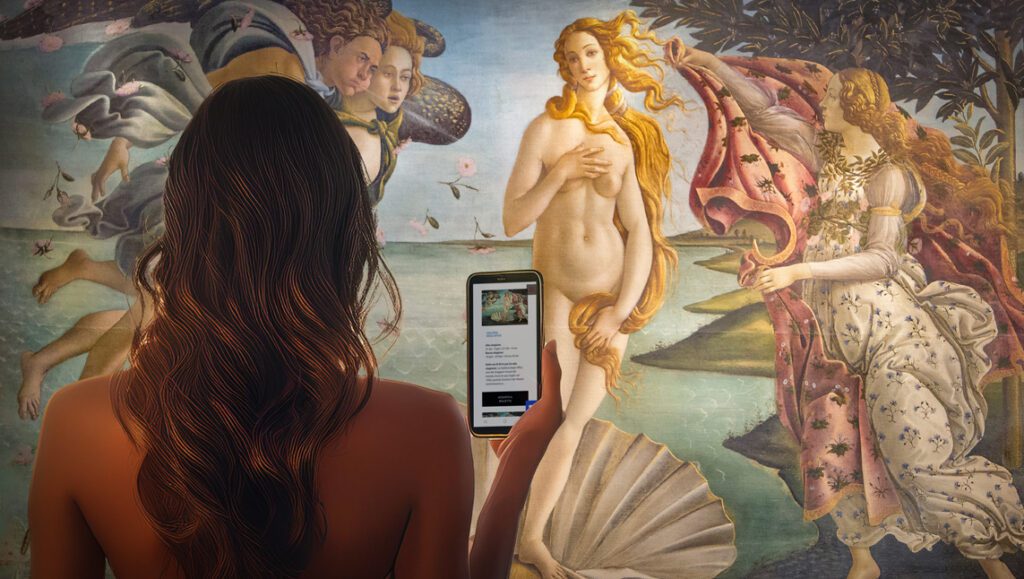
Rediscoveries after the pandemic: Francesco di Giorgio Martini
In this very particular year, in which the pandemic has forced us to stay at home while having a vast and varied offer of webinars available (and with those who have long announced the launch of a “Netflix of culture” which I really hope will not serve ), we set out to re-discover the traces of our local history. Many operators in the tourism sector – myself included – have reinvented their work by proposing alternative destinations and stories to local customers, those who were difficult to satisfy because “they had already seen everything by now”.
Such a virtuous exercise has given positive results: stories of churches, artists, uncles and various relatives have been known of which one did not have the vaguest idea; this is to say that every cloud has a ‘silver lining’ and I say this while remaining detached from any rhetoric.
Taking advantage of this, I hope a long trend of desire to discover what is hidden behind the house, I point out here a work unknown to most, just as unknown for many still remains the Pinacoteca Nazionale di Siena. This museum, located in the ancient and refined Palazzo Bonsignori, houses one of the largest world gold background collections. This data alone should have prompted tourism in the pre-covid era to give us a peek, but instead it happened that the museum was not the object of particular attention except for the most attentive visitors and the initiatives of some far-sighted association of guides who has proposed thematic itineraries. The great tourist masses have known of Siena the route going from the Basilica of San Domenico to the Cathedral of Santa Maria Assunta.
In this year that I define as incomplete, because it also started quite well but which then had the evolution we know, I feel like talking about a work that is in some ways incomplete: it is the Nativity by Francesco di Giorgio Martini.
One of the greatest artists in the fifteenth century
The author of the painting was one of the greatest personalities in Siena in the fifteenth century and he is an artist who I confess is fascinating me more and more, as I discover his works scattered in the museums and churches not only of Siena but of whole of Italy (a beautiful bronze relief of his is found in the Carmine church in Venice). In addition to painting, sculpture and drawing, Francesco di Giorgio was an artist who left a very important contribution in the field of architecture, both as a designer and as a treatise writer; he was so much appreciated as an architect that, just as Florence did with its Giotto, the Republic of Siena tried to keep him close when the Italian courts claimed him.
Nativity, Francesco di Giorgio, 1475, Pinacoteca di Siena
There are several paintings by Francesco di Giorgio the artist preserved in the Pinacoteca of Siena; however, as Luciano Bellosi noted, one remains a bit disappointed when looking at the artist’s pictorial works if one compares them with his sculptures. Looking specifically at the Nativity, there is something inconsistent in the overall vision of the painting, due to two different hands which therefore reflect two different qualities, one of the master, the other of a collaborator, identified by the scholar.
The beautiful details of an ‘incomplete’ work
Of this work, which we can therefore define as incomplete because it was physically performed only partially by the artist, it is nevertheless nice to appreciate some beautiful details, such as the extremely elegant head of the Virgin, or the «flickering» and «impregnated with light, differentiated in shapes and thicknesses».
A very significant thing about the scene is the representation of ancient ruins in the background, an element highlighting the artist’s attention to the citation of the ancient and which take on more evident characters in later works, such as the Adoration of the Shepherds in the Basilica di San Domenico in Siena.
This painting was made for the Convent of Monteoliveto, outside Porta Tufi (now destroyed). For the Olivetani community itself, Francesco di Giorgio the artist received the commission for the Coronation of the Virgin, still kept in the Pinacoteca ⟢
Bibliography
L.Bellosi, Il problema di Francesco di Giorgio pittore, in Francesco di Giorgio alla corte di Federico da Montefeltro: atti del convegno internazionale di studi, Urbino, Monastero di Santa Chiara, 11-13 ottobre 2001, Biblioteca dell’Archivium Romanicum. Ser. 1: Storia letteratura paleografia, 317. (Italian edition)




